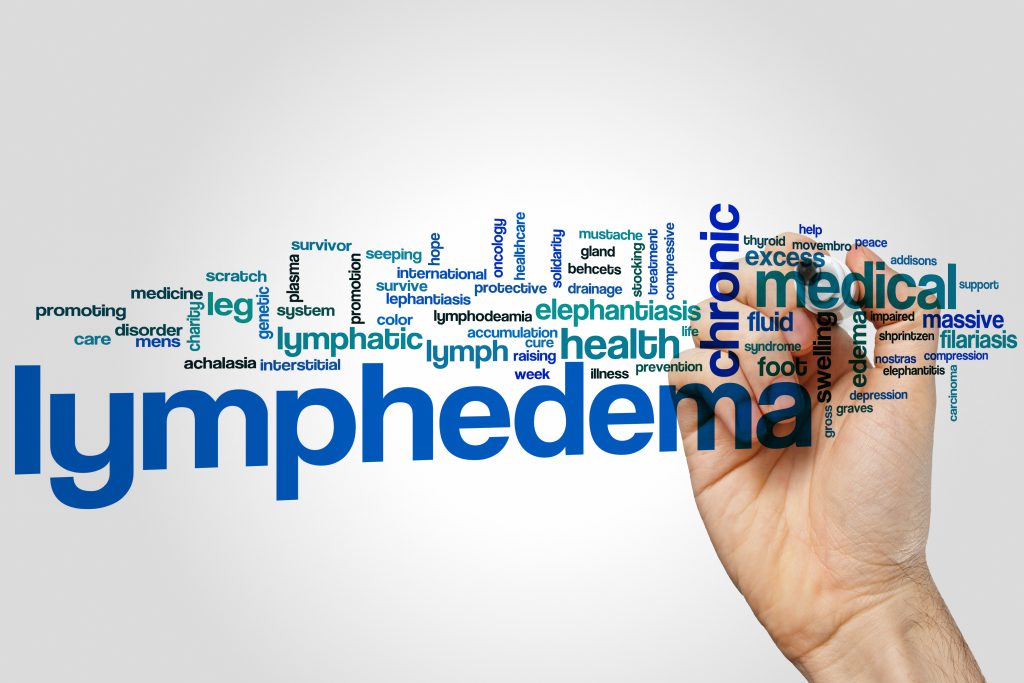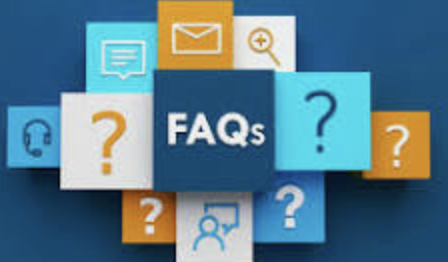Here you’ll find answers to frequently asked questions about Lymphoedema, Lipoedema and the other in clinic treatments such as Bowen Therapy. If you don’t find the answer here feel free to email or phone.

What is Dr Vodder Manual Lymphatic Drainage?
The Dr Vodder method is a gentle, non-invasive technique that gently restores the lymphatic system. The Dr. Vodder technique always begins with treatment of the lymph nodes and lymph vessels found at the neck and the junction of the large lymph channels in the venous arch on both sides of the body (connection of the jugular and subclavian veins). Dr. Vodder calls this “clearing the chain lymph nodes down to the terminus”.
For MLD to be effective, use of the proper specialist technique and adaptation of the length of individual therapy sessions to meet the needs of the pathology concerned are essential.
- A typical MLD session requires anything from 45 minutes to 60 minutes, but may be extended to 90 minutes, depending on the treatment requirements
Here is a link to website that shows what to expect
What happens at my first lymphatic / manual lymphatic drainage (MLD) treatment?
Please book an initial intake session so I can capture your medical history
- We need to do this so we can cover off your full medical and health history so we are working within safe parameters (for you and for me).
- If you have particular injury or illness I will assess these and will formulate a treatment plan for the session and also provide a plan for ongoing treatments
- Each visit you have we will touch base for the first 5 or so minutes to see how you felt after your last session and set a treatment plan for the current session
Do I need to do anything after a Lymphatic Treatment?
During a lymphatic treatment most people experience a sense of relaxation
- Water intake of between 6 – 8 glasses daily will assist the technique and body’s hydration
- It is important to keep moving, ideally not sitting in the same position for any longer than half an hour on the day of the session
Do you use oils for lymphatic massage / manual lymphatic drainage (MLD)?
No. This is a light touch lymphatic treatment and as such there is no pain with the treatment. The lymphatic systems sits under the skin, unlike muscles which sit deeper, so I use a very light touch move the excess lymph and fluid out of the tissues. This reduces any swelling (oedema) which in turn reduces any pain or discomfort. As it is such a gentle treatment protocols, this makes MLD one of the most relaxing treatments available.
Do you do combined decongestive therapy (CDT)?
Generally no. Although this is the gold standard protocol for the decongestive phase for management of Lymphoedema and Liao-Lymphoedema, this involves daily bandaging post a MLD treatment, use of garment wraps are more likely to be recommended. I do like the use of night garments to assist the management of lymph.
- Sometimes this multi-layer bandaging / decongestive therapy service is provided by your DHB Lymphoedema Outpatient Clinic
- Note if this is something you are interested in doing privately, then we can discuss the cost and time commitment
Are there any other reasons why I can’t be treated using MLD?
Yes, certain health conditions are not suitable for treatments. These are:
- Any metastatic or systemic malignant condition must be excluded from MLD
- MLD is not suited for the treatment of acute inflammation (caused by bacteria, viruses or foreign bodies)
- Any thrombosis at risk of causing embolism is an absolute contraindication
If in doubt I recommend that you speak with your GP or specialist. If unsure, you may want to have an Oncology Massage or Bone Marrow Support Sequence treatment.
Do you use lymphatic medical taping?
Yes. I am trained to use Thysol Cure Tape, if needed, to support your MLD treatment. If there is a large amount of taping to do, then I will quote you for using this as an additional cost for your treatment.
Do you fit or sell compression garments?
Sometime. We are very lucky to have garment fitters easily accessible on the Shore. If you have Lymphoedema, Lipoedema or Liao-Lymphoedema, I refer you directly to your local DHB who will assess and look at funding an appropriate medical grade garment.
- Note: There is a big conversation to be had about off the shelf ready-made and made to measure options so I am happy to spend time talking this through.
Do you treat Lipoedema?
Yes. I use the Dr Vodder MLD and CDT protocols to treat Lipoedema. Although Lipoedema has different stages to lymphoedema and sometimes people get both as the lipoedema progresses, which is known as lipo-lymphoedema. You can’t ignore lipoedema, as like lymphoedema it is a steadily progressing condition so it is important to understand your condition.
Do you take referrals (GP / Specialist)?
Of course. Referrals are preferred but you can also self-refer to me. Everyone’s personal medical history is unique so sometimes I will need to have a chat to determine if MLD is the right treatment for you.
Can I claim insurance (Southern Cross / Other Insurers
For Southern Cross, yes I am an approved Easy-Claim provider under Massage and Wellness. Package. I can pre-check this for you if unsure. For other insurance companies, payment is to the Clinic upfront however I can print or email you an invoice for you to make your own claim.
I am undergoing a cancer treatment, will you treat me?
Yes. I am a trained Oncology Massage Therapist, trained by Oncology Massage Training Australia. I can safely massage at any time during your cancer treatments. We can discuss with your Dr or specialist to make a safe decision for you. You can also select oncology support massage or the Bone Marrow Support Sequence. Note that the Oncology Massage uses organic massage oil.
What is Oncology Massage?
Oncology massage is a modified massage for people with cancer. A comprehensive case history is taken to develop a safe and effective individual treatment plan – taking into consideration the type of cancer, fatigue levels, stage of treatment, lymph node involvement, white cell and platelet count, bone density, and neuropathy. Deep peace and allowing for a relaxation response is the desired outcome of the massage.
What are the benefits of massage for someone with cancer?
Massage can lessen side-effects from chemotherapy, radiation, and surgery. Massage provides relaxation, relief from anxiety, and pain reduction for people at all stages of the cancer journey. A sense of re-connecting to self is often described. Studies have shown benefits to include deep relaxation, reduced stress, improved sleep, eased constipation, increased alertness and mental clarity, reduced anxiety, less nausea and reduced pain, and a sense of satisfaction in participating actively in the healing process.
Isn’t massage contraindicated for people with cancer?
For years as massage therapists we were trained to see cancer as a contraindication for massage. It was thought that massage could potentially spread cancer. Science now shows that this is absolutely not true. However it is important to choose a therapist with professional training in how to modify the massage and create a safe treatment plan.
Will you come and do a home treatment?
No. Home treatments are no longer offered.
What is Bowen Therapy?Is it a massage?
Bowen Therapy is a soft-tissue modality affecting the body’s facia which differs from massage in the following ways:
- There is no forceful manipulation of muscles
- No oil is used
- Bowen therapy can be performed on skin or through light, comfortable clothing
- Your comfort is paramount, therefore, if you are unable to lie down the Bowen session can be completed seated or standing if required.
What should I wear for a Bowen Therapy Session?
Bowen Therapy is applied through loose clothing or directly on exposed skin. It is recommended you wear loose comfortable clothing to Bowen sessions.
Do I need to do anything after a Bowen Session?
During a Bowen treatment most people experience a sense of relaxation
- Water intake of between 6 – 8 glasses daily will assist the technique and body’s hydration
- It is important to keep moving, ideally not sitting in the same position for any longer than half an hour on the day of the session
- It is advised to not use any other form of bodywork for 4 days either side of a Bowen session
How long is a Bowen Therapy Treatment?
- Adult treatment – 45 to 60 minutes and up to 1 hour including consultation
- Child (7 to 15 years) – 45 to 50 minutes and up to 1 hour including consultation
What happens in a Bowen Therapy Session?
I will collect your details including a brief medical history and details of current conditions. Depending on what is happening with you there will be an assessment either on the massage table or standing.
- Where possible, treatments are given on a massage table
- If this is not possible then treatments can be given standing or sitting. During the treatment there will be wait periods. This allows time for your body to respond to the moves and for the necessary changes to occur in your body before commencing the next sequence of moves
- Following the treatment, any changes will be reviewed and a treatment plan discussed




